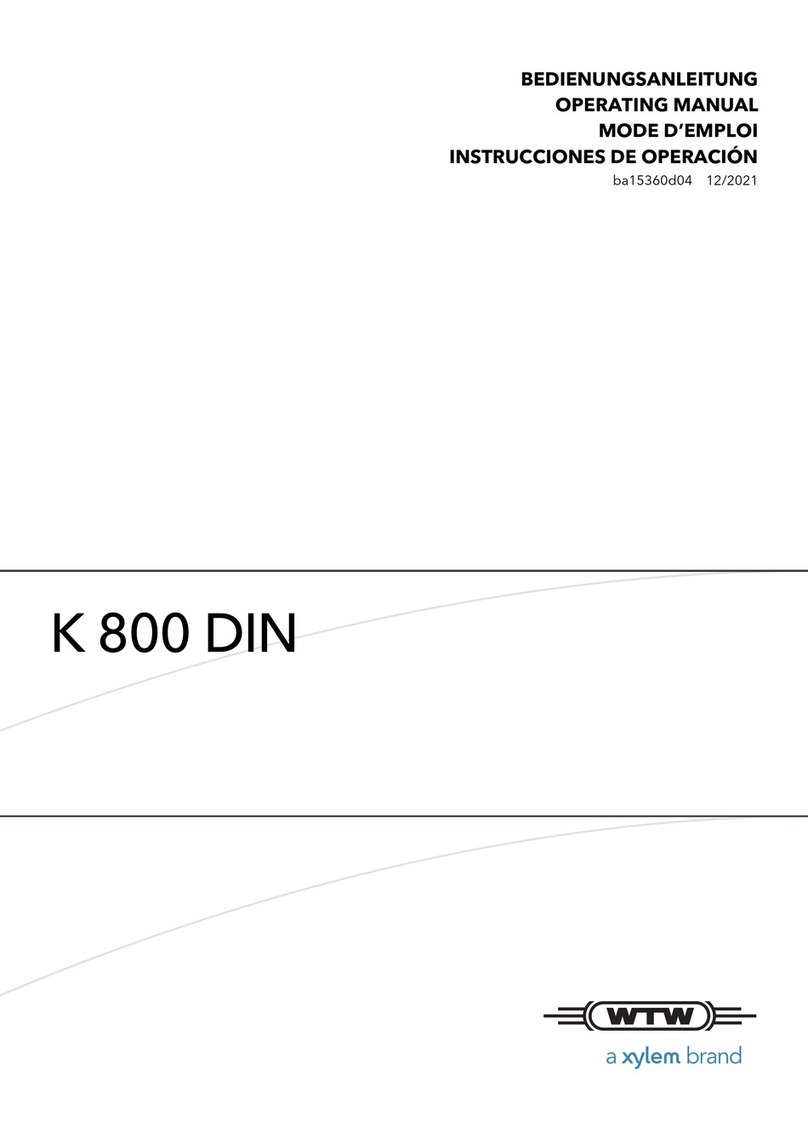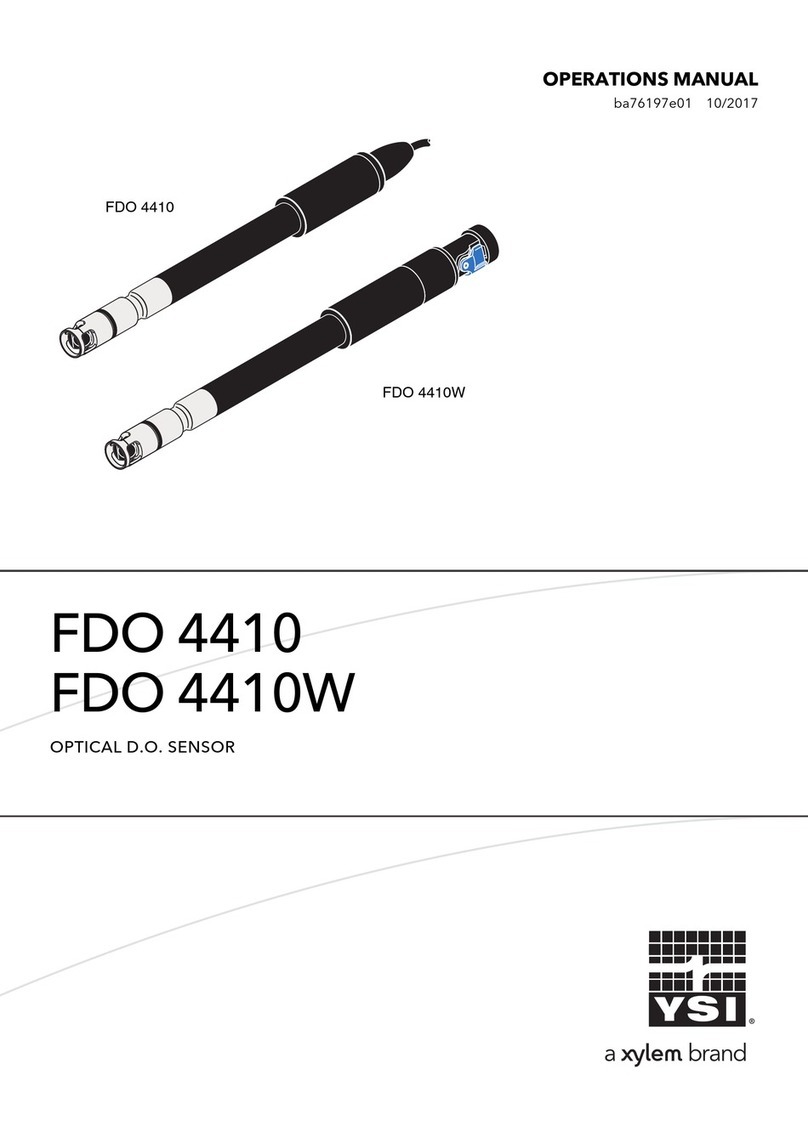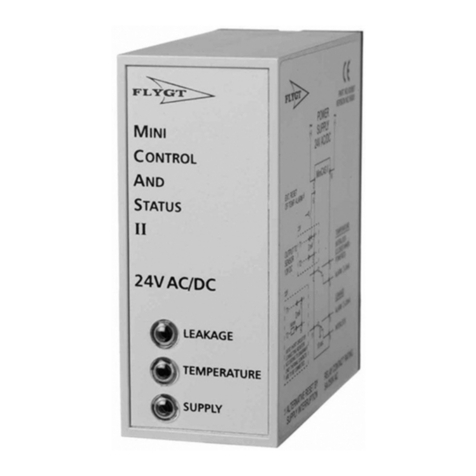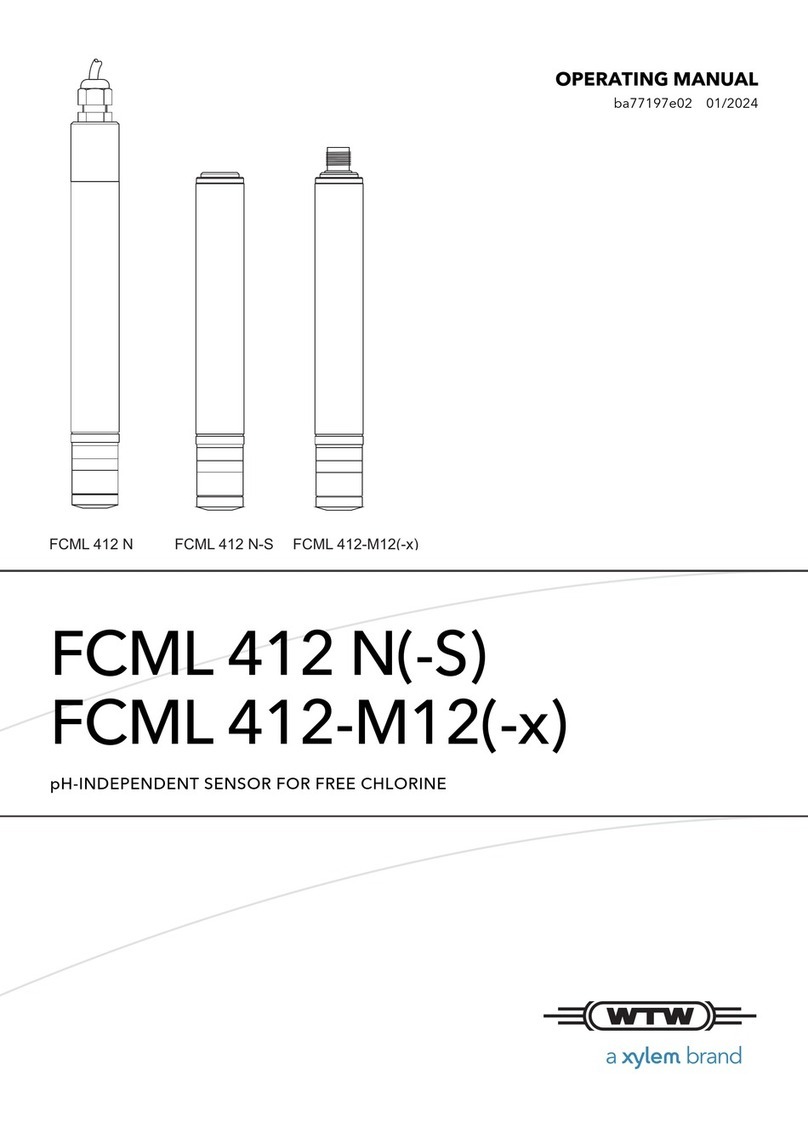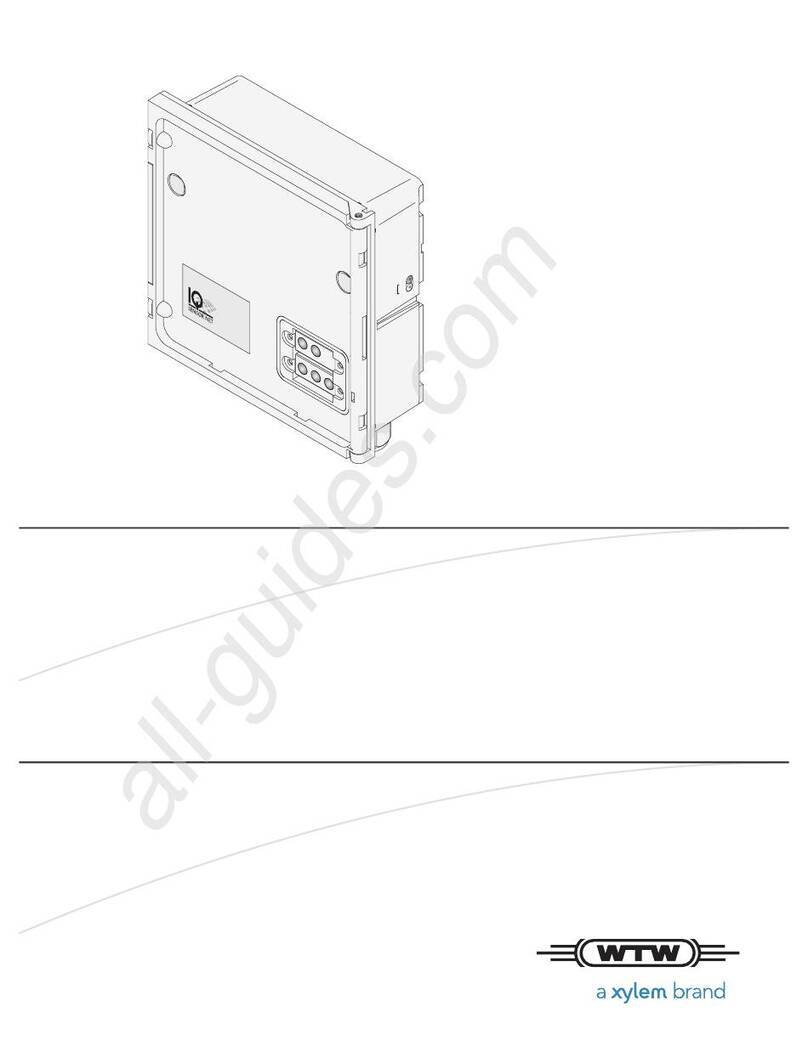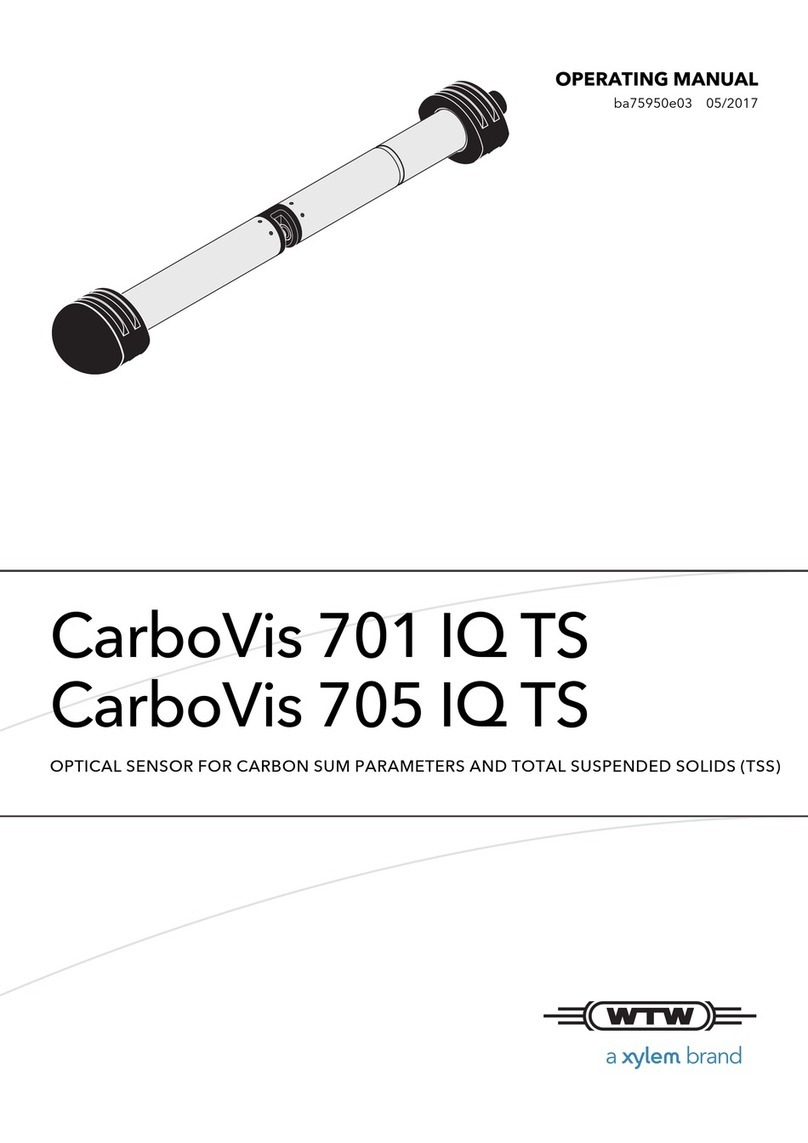
TriOxmatic®700 (SW) Contents
45
ba25307e06 07/2015
TriOxmatic®700 (SW) - Contents
1 Overview . . . . . . . . . . . . . . . . . . . . . . . . . . . . . . . . . . . . . 47
1.1 Structure of the TriOxmatic®700 (SW) . . . . . . . . . . . . . 47
1.2 Recommended fields of application . . . . . . . . . . . . . . . . 48
1.3 Instrument identification . . . . . . . . . . . . . . . . . . . . . . . . . 48
2 Safety . . . . . . . . . . . . . . . . . . . . . . . . . . . . . . . . . . . . . . . 49
2.1 General information on safety . . . . . . . . . . . . . . . . . . . . 49
2.2 Authorized use . . . . . . . . . . . . . . . . . . . . . . . . . . . . . . . . 49
2.3 General safety instructions . . . . . . . . . . . . . . . . . . . . . . . 50
3 Commissioning . . . . . . . . . . . . . . . . . . . . . . . . . . . . . . . 51
3.1 Scope of delivery . . . . . . . . . . . . . . . . . . . . . . . . . . . . . . 51
3.2 Installation . . . . . . . . . . . . . . . . . . . . . . . . . . . . . . . . . . . 51
3.3 Commissioning / Getting the instrument ready for
measuring . . . . . . . . . . . . . . . . . . . . . . . . . . . . . . . . . 52
4 Measuring / Operation . . . . . . . . . . . . . . . . . . . . . . . . . . 53
4.1 Measuring . . . . . . . . . . . . . . . . . . . . . . . . . . . . . . . . . . . 53
4.2 Calibration . . . . . . . . . . . . . . . . . . . . . . . . . . . . . . . . . . . 54
4.2.1 General information on calibration . . . . . . . . . . 54
4.2.2 Calibration in water vapor-saturated air . . . . . . 55
4.3 Function check . . . . . . . . . . . . . . . . . . . . . . . . . . . . . . . . 56
5 Maintenance, cleaning, disposal, and replacement . . 59
5.1 General maintenance instructions . . . . . . . . . . . . . . . . . 59
5.2 Cleaning the sensor shaft and membrane . . . . . . . . . . . 59
5.3 Changing the electrolyte and membrane cap . . . . . . . . 62
5.4 Cleaning the electrodes . . . . . . . . . . . . . . . . . . . . . . . . . 67
5.4.1 Cleaning the gold working electrode . . . . . . . . . 69
5.4.2 Cleaning the silver counter electrode . . . . . . . . 70
5.5 Checking the sensor for freedom from zero-current . . . 76
5.6 Storage . . . . . . . . . . . . . . . . . . . . . . . . . . . . . . . . . . . . . . 77
5.7 Disposal . . . . . . . . . . . . . . . . . . . . . . . . . . . . . . . . . . . . . 77
5.8 Maintenance equipment and replacement parts . . . . . . 78
6 What to do if... . . . . . . . . . . . . . . . . . . . . . . . . . . . . . . . . 79
7 Technical data . . . . . . . . . . . . . . . . . . . . . . . . . . . . . . . . 81
7.1 General data . . . . . . . . . . . . . . . . . . . . . . . . . . . . . . . . . 81
7.2 Measurement conditions . . . . . . . . . . . . . . . . . . . . . . . . 83
7.3 Characteristic data on delivery . . . . . . . . . . . . . . . . . . . . 84
7.4 Electrical data . . . . . . . . . . . . . . . . . . . . . . . . . . . . . . . . . 84

